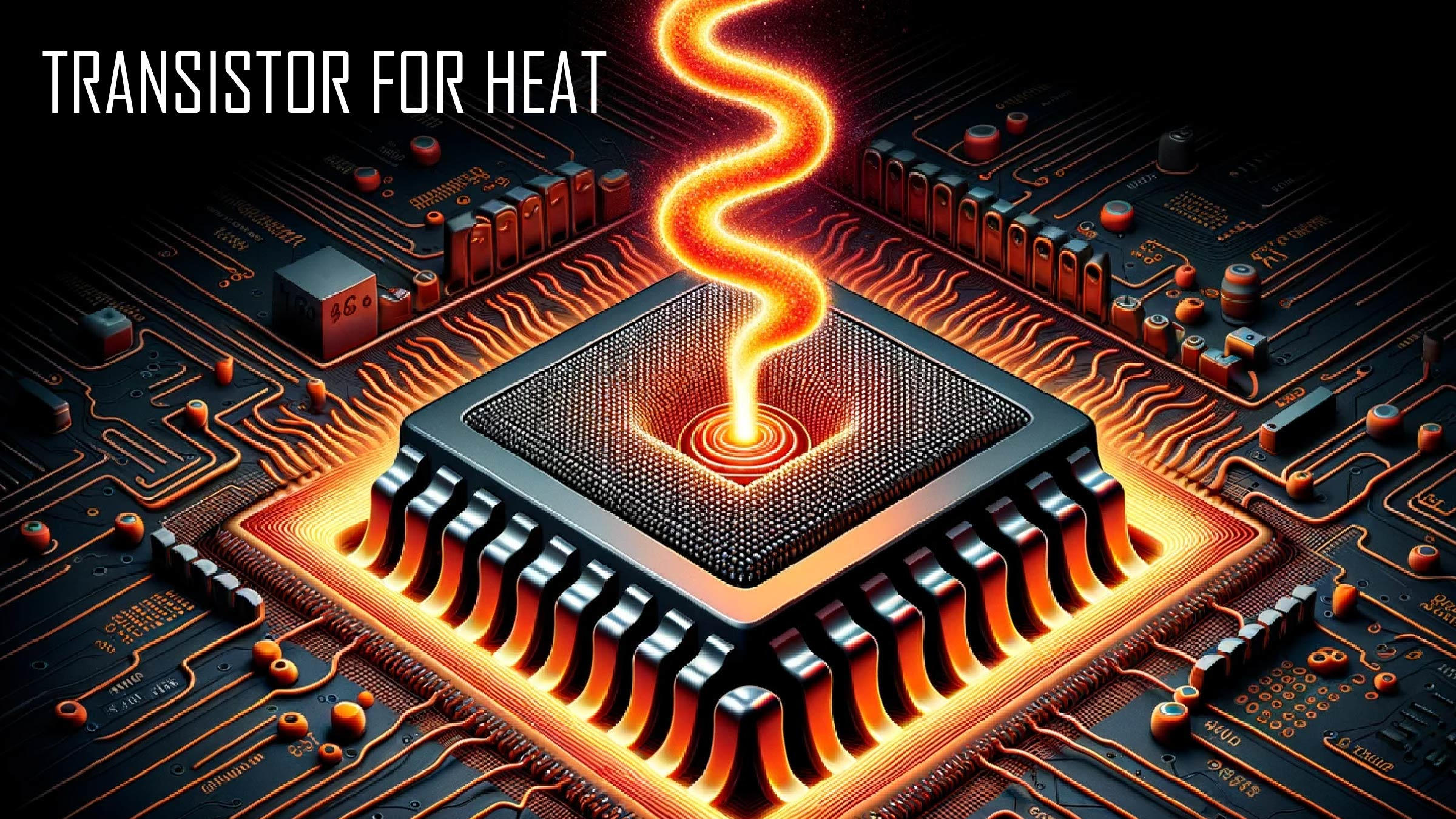Introduction:
In the fast-paced world of technology, the semiconductor industry continues to push the boundaries of innovation, and the realm of quantum computing is no exception. 7 Emerging Trends in Quantum Semiconductor Devices are becoming increasingly vital, with potential applications ranging from quantum information processing to the quantum internet.
In this blog post, we will explore seven emerging trends in quantum semiconductor devices, backed by real-life examples and recent research.
Join TechoVedas Community here
What is Quantum Semiconductor Device
A quantum semiconductor device is a type of electronic device that leverages principles from quantum mechanics for its operation. Unlike classical semiconductor devices, which rely on classical physics, quantum semiconductor devices utilize the unique properties of quantum systems to perform specific functions.
These devices harness quantum effects, such as superposition and entanglement, to enable advanced applications in computing, communication, and sensing.
Read More:Explained: What the hell is a Quantum Computer – techovedas
Innovations in Quantum Semiconductor Devices
Explore the cutting-edge trends in 7 Emerging Trends in Quantum Semiconductor Devices, from epitaxial quantum dots propelling quantum information handling to novel optical methods overcoming surface gate limitations. Additionally, Witness real-life examples showcasing their transformative impact on technology’s future.
Read More: What are Top 10 Application of Internet of Things (IoT) in 2024 – techovedas
Epitaxial Quantum Dots:
One of the exciting trends in quantum semiconductor devices is the development of epitaxial quantum dots. These nanoscale semiconductor hetero-structures are created through self-assembly during in situ epitaxial growth. Notably, this method allows for the production of high-quality quantum dots, a crucial component for quantum information handling.
Real-life example: Recent advancements have enabled the rapid and efficient production of single photons from quantum dots, bringing quantum-dot technologies to the brink of practical integration into quantum networks and information processing systems.
Read More: TSMC to Build 1nm Transistors by 2030 – techovedas
Optical Methods for Quantum Semiconductor Devices:
In the pursuit of enhancing semiconductor quantum-electronic devices, researchers are exploring novel optical methods to overcome limitations posed by surface gates. Additionally,Researchers are employing light and photosensitive dopants to establish confining electrostatic potentials within semiconductors, offering a promising alternative to traditional surface gate approaches.
Real-life example: Researchers have successfully used structured light to generate metastable states of photo-sensitive impurities within a GaAs/AlGaAs quantum well structure. This innovative approach allows for the establishment of periodic electrostatic potentials at significant distances from the surface, minimizing the impact of non-planar surface structures.
Solid State Platforms for Quantum Semiconductors:
Solid-state quantum technologies are gaining substantial interest, particularly in the context of quantum computers. Additionally, Researchers have proposed a comprehensive framework that combines data mining, machine learning, and domain expertise to discover promising semiconductor hosts for Quantum Technologies (QT).
Real-life example: A data-driven approach involving machine learning algorithms has been employed to sift through a vast materials database, identifying potential semiconductor hosts for quantum technologies. This approach streamlines the search process and showcases the efficiency of empirical methods in material exploration.
Read More: Is Intel Quantum Chip a Breakthrough to Future of Computing? – techovedas
Progress in Quantum Semiconductor Optoelectronic Devices:
Quantum dots (QDs) are at the heart of quantum semiconductor devices, and recent research emphasizes their potential in photodetector sensors. Additionally,Materials like cadmium sulfide (CdS) are extensively explored for their unique optical and electrical attributes, promising advancements in terms of performance, cost reduction, and novel applications.
Real-life example: Quantum dots embedded in photodetectors, particularly CdS, offer higher sensitivity, swift response duration, and outstanding efficiency. These attributes make them attractive for applications in fields such as healthcare, security, and imaging technologies.
Quantum Dot Applications in Photodetector Sensors:
Quantum dots, specifically colloidal quantum dots (CDs) and nanowires, are gaining attention for their versatility in the laser industry. Their size variation, optical alterations, and solution processibility make them stand out compared to conventional semiconductor materials.
Real-life example: Colloidal quantum dots have demonstrated significant potential in the laser industry due to their ease of manipulation in terms of size and shape. This versatility opens up new possibilities for designing advanced lasers with tailored characteristics.
Advancements in Quantum Dot Photodetectors:
The ongoing research in quantum semiconductor devices focuses on the advancements in quantum dot photodetectors.Additionally, Quantum dots embedded in photodetectors show promise in delivering increased performance, cost reduction, and innovative applications in various industries.
Real-life example: The utilization of quantum dots in photodetectors, with ongoing advancements, presents the opportunity for improved sensitivity, rapid response times, and enhanced efficiency. This could revolutionize fields like imaging, communications, and sensing technologies.
Investments in Quantum Semiconductors for Quantum Computing:
The surge in investments in quantum semiconductors is driven by their potential to revolutionize the computing sector. Additionally,Quantum computing has the power to address challenges that classical computers find daunting, promising breakthroughs in materials science, drug discovery, and cryptography.
Real-life example: Global interest and investments in quantum semiconductor devices are evident, with major tech companies and research institutions dedicating resources to harness the transformative power of quantum computing.Additionally, This global momentum emphasizes the significant role quantum semiconductors are expected to play in shaping the future of technology.
Conclusion:
In conclusion, the landscape of quantum semiconductor devices is evolving rapidly, with groundbreaking trends shaping the future of technology. From epitaxial quantum dots to novel optical methods and data-driven material discovery, the potential applications of quantum semiconductors are vast. Additionally,As investments pour in and research progresses, we anticipate witnessing quantum semiconductor devices at the forefront of technological advancements, unlocking new possibilities across various industries. Additionally,the journey towards realizing the full potential of quantum computing is indeed an exciting one, and quantum semiconductors are leading the way.



